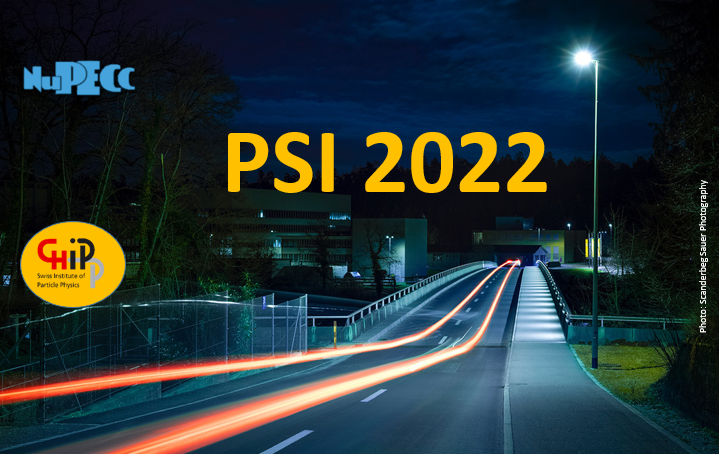Speaker
Description
At CERN, we have recently become able to study atoms of antihydrogen - the antimatter equivalent of hydrogen. The question to be addressed is fundamental and profound: “Do matter and antimatter obey the same laws of physics?” The Standard Model requires that hydrogen and antihydrogen have the same spectrum. The possibility of applying the precision measurement techniques of atomic physics to an antimatter atom makes antihydrogen a very compelling testbed for fundamental symmetries such as CPT. I will discuss the latest developments in antihydrogen physics: observation of the first laser-driven transition (1S-2S) [1,2] observation of the antihydrogen hyperfine structure [3], observation of the Lyman-alpha transition [4], and laser cooling of trapped antihydrogen [5]. To study antihydrogen, it must first be produced, trapped [6], and then held for long enough [7] to observe a transition - using very few anti-atoms. I will illustrate the techniques necessary to achieve the latest milestones, and then consider the future of optical spectroscopy, as well as gravitational studies [8] with the brand-new ALPHA-g experiment.
[1] Observation of the 1s-2s Transition in Trapped Antihydrogen, M Ahmadi et al., (ALPHA Collaboration) Nature 541, 506–510 (2017).
[2] Characterization of the 1S-2S transition in antihydrogen, M Ahmadi et al., (ALPHA Collaboration), Nature 557, 71–75 (2018).
[3] Observation of the hyperfine spectrum of antihydrogen, M Ahmadi et al., (ALPHA Collaboration) Nature 548, 66–69 (2017).
[4] Observation of the 1S–2P Lyman-α transition in antihydrogen, M Ahmadi et al., (ALPHA Collaboration), Nature 561, 211–215 (2018).
[5] Laser cooling of antihydrogen atoms, (ALPHA Collaboration), Nature 592, 35–42 (2021).
6. Andresen, G.B. et al., Trapped Antihydrogen, Nature, 468, 673 (2010).
[7] Andresen, G. B. et al. Confinement of antihydrogen for 1,000 seconds. Nature Physics 7, 558 (2011).
[8] Amole, C. et al., Description and first application of a new technique to measure the gravitational mass of antihydrogen, Nature Communications DOI: 10.1038/ncomms2787 (2013).

